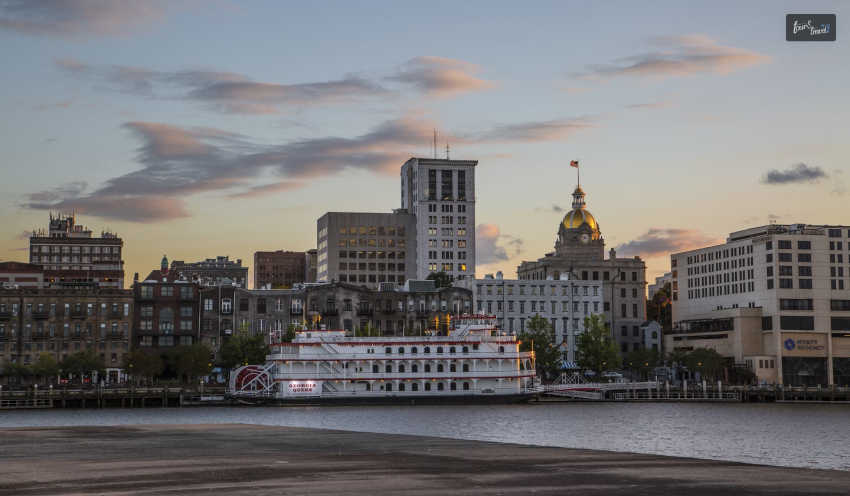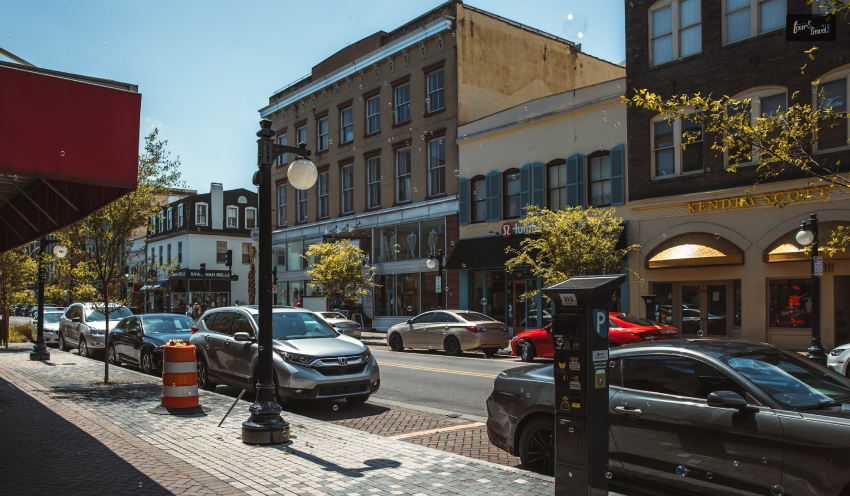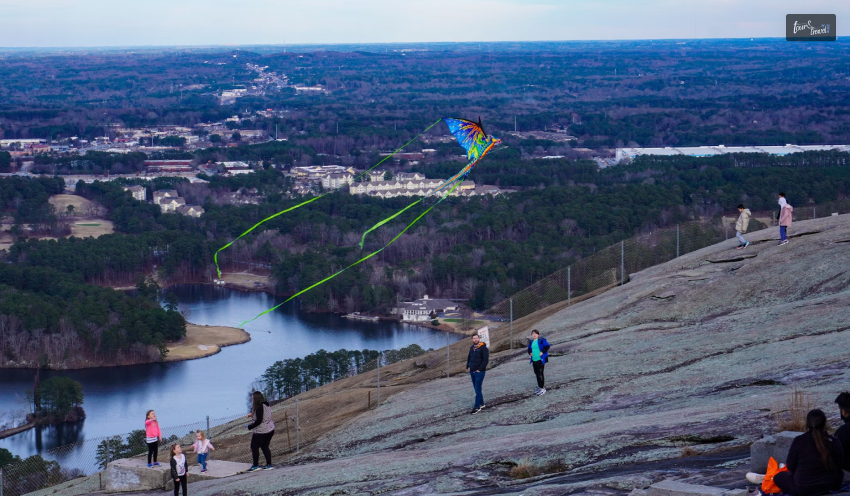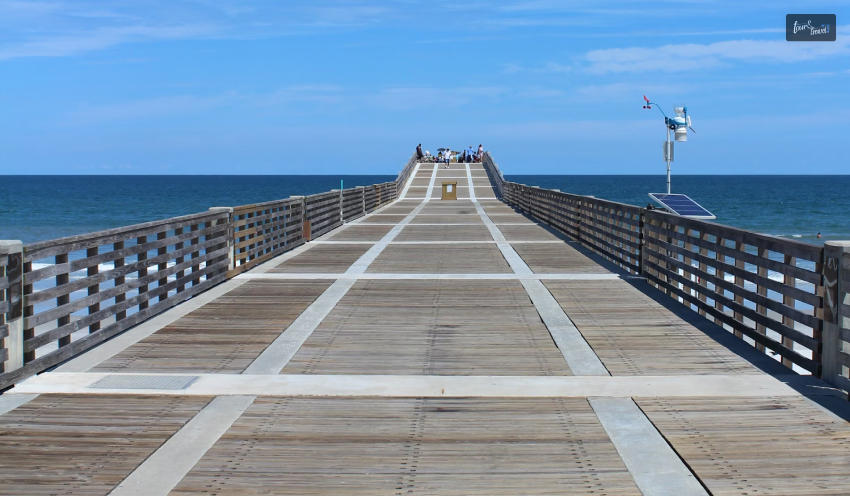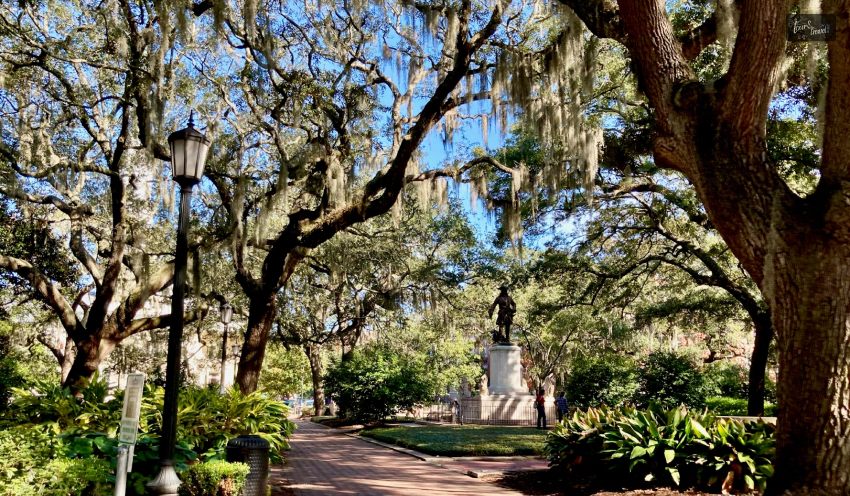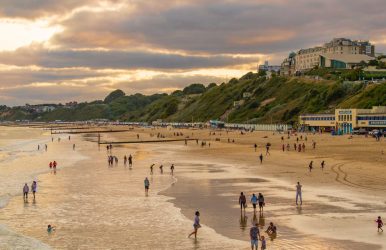Ski Retreats And City Suites: Salt Lake City’s Hotel Gems
BY Abdul Aziz Dec 28, 2023
Salt Lake City has an incredible amount of amazing things to do. The capital of the Beehive State has plenty to see and do, From Temple Square to its vibrant LGBTQ community, from its rows of top-notch restaurants to its snow that is actually truly flag-bearing. If you are looking for the best hotels in Salt Lake City, this article is it. SLC offers a fantastic array of lodging choices for all types of visitors. It includes boutique hotels, historic inns, five-star resorts, and unusual B&Bs. However, wherever you choose to book, remember that Salt Lake 101 is charming, unique, and reasonably priced. These are our top 11 hotels in Salt Lake City with friendly service, unique décor, and incredibly low rates. Best Hotels In Salt Lake City If you want to make your overall experience wholesome, then lodging at a good hotel is a priority. Here are some of the most amazing hotels that you can check out. It will help you make the most of your trip to Salt Lake City. The Cliff Lodge At Snowbird Who said that lodging for skiers had only to have rustic, mountain-style buildings? With its spectacular Brutalist concrete exterior and modern, bright rooms, the Cliff Lodge defies convention. This contemporary lodge offers ski-in/ski-out access to some of Utah's most challenging and excellent terrain. It is tucked away in Little Cottonwood Canyon, less than 45 minutes from Salt Lake. Winter isn't the only season to visit Snowbird. Miles of hiking and biking trails appear when the snow melts. Additionally, Snowbird hosts Oktoberfest, complete with live music and steins brimming with beer, from mid-August through most of October. Inn On The Hill Bed And Breakfast This Renaissance Revival-style home stands atop Capitol Hill and offers expansive views of the city below. The 1906-built Inn served as both a residence and a law office before converting to a B&B in the late 1990s. Every room has its own décor and is named after a Utah landmark, such as Arches or Sundance. The Carriage House is also available for rent from The Inn on the Hill. It has a cozy two-story cottage with a kitchenette and gas fireplace. It's a perfect place for family vacations or quiet getaways. The Peery Hotel The Peery is a museum and lodging combined, thanks to the building's rich history and the various works of art all throughout the grounds. Operating since 1910, it is a member of the Ascent Collection of independent boutique hotels. The interior features a retro Art Deco feel from the 1920s. The aesthetic is evident in both Carnegie's Public House and the sleek rooms. You can get to Pioneer Park and the Utah Museum of Contemporary Art quickly by foot from the Peery, which is in the downtown area. Kimpton Hotel Monaco Salt Lake City The Monaco, another of the best hotels in Salt Lake City, is actually regarded as one of the greatest in Salt Lake and Utah. Its historic bank building and its contemporary, lively rooms add character. Hotel Monaco is ideally in the heart of the city, close to theaters, eateries, and other attractions. In and of itself, the hotel restaurant Bambara is a dining destination. A meal here is a must, with a chef who has been at it for more than 20 years and a dedication to fresh, local cuisine that is evident in the All Local Cheese Board. The Grand America Hotel The flagship property of the Little America Hotel family, The Grand America, knows how to lull guests into relaxation with its signature afternoon tea and tranquil Grand Spa. Step-out balconies are a feature of Suites and Premier Rooms, perfect for pre-dinner cocktails. The Grand, Salt Lake City's only AAA Five-Diamond hotel, combines elegance and family-friendliness with features like cribs and a babysitter concierge service. There are tons of amazing eating options within. But make sure to save room for one or two macaron options from La Bonne Vie's pastel rainbow. Ellerbeck Mansion Bed & Breakfast Ellerbeck is a little piece of Victorian history. It is one of the best hotels in Salt Lake City. This 1892 mansion, which is on the National Register of Historic Places, has marble columns, stained glass windows, and antique wood finishes that evoke a bygone era of opulence. This bed and breakfast in the Avenues neighborhood offers a range of reasonably priced rooms. You also have the option to reserve the entire property if you are traveling in a big group. Oh, and don't forget to enjoy the sumptuous free breakfast served every morning. Little America Hotel From a fitness center with the largest indoor/outdoor pool in the city to a plethora of dining options, this enormous hotel has it all. Little America is part of an old lodging custom that stretches back to the late 1800s. According to legend, a shepherd in Wyoming got lost in a snowstorm and dreamed of a cozy home stocked to the brim with food. A few decades later, he opened the first hotel called Little America after the United States base camp in Antarctica. Salt Lake's Little America, situated on Main Street in the city center, is a perfect starting point for exploring the area. Hansen House Bed & Breakfast There are many historic hotels in Salt Lake City, but this bed and breakfast takes you back in time. Constructed in 1887, the Victorian mansion features a formal dining area, a traditional library, and a sitting area furnished with a grand piano and chandelier. The Hansen House's outdoor areas, which include a charming garden surrounded by 100-year-old trees, a rock garden, and a cozy sitting area, are just as impressive as its interior. Every themed room has a whirlpool tub and a fireplace. Castle Creek Inn Fantasy lovers will simply swoon when they discover that this inn is actually housed inside a castle. Easily one of the best hotels in Salt Lake City, the goal of Castle Creek Inn is to combine the rustic atmosphere of a Scottish citadel with contemporary amenities. It offers quick Wi-Fi, movie streaming online, and a late-night snack bar. It's not just about the old-fashioned charm, though. Even though downtown Salt Lake is just fifteen minutes away, taking a soak in the two-person whirlpool tub surrounded by trees and natural rock will make you feel worlds away from the bustle of the city. Make sure the themed room you choose—from Romeo and Juliet to Canterbury—fits the occasion. Anniversary Inn Bed & Breakfast You need look no further if you've ever wanted to spend the night in either an Egyptian tomb or the Oval Office. That's something the Anniversary Inn can arrange. There are about fifty suites spread across its three locations in and around Salt Lake City. Each has a beautifully designed, distinct theme. Everybody can find a suitable motif, From families with children who love pirates to adventurous couples who want to go on safari. Breakfast, sparkling cider, and cheesecake are also complimentary with a stay. If you are staying here for your anniversary, then there are lots of extra amenities available. Like a romance spa package and a candlelit bath scented with rose petals. Silver Fork Lodge The Silver Fork is well-known among the locals for its restaurant. It boasts a 70-year-old sourdough starter that gives pancakes in their best-in-state breakfast dish a serious tang. It also has a smoker that produces some of the best barbecues in the city. Aside from food, the Silver Fork is the best place to stay for travelers who are addicted to log cabins. The sauna is a must-have feature of this historic inn, which is located minutes from skiing and less than an hour from the airport. The Wasatch-Cache National Forest surrounds it. Wrapping Up Here, we enlisted the best hotels in Salt Lake City. This should guide you to choose hip and trendy hotels as well as small boutique hotels. These hotels feel uber luxurious and yet romantic and unique. So much so that you may not want to leave your room. The hotels we have mentioned will also have coffee shops, restaurants, and even museums. If you have thoughts to share or questions to ask, then please leave a comment below. We would love to hear from you! Read Also: Houston Hospitality: The Top Hotels You Need To Experience Eternal Elegance: A Guide To The Best Hotels In Rome Luxe Living: The Best Hotels In Dallas

